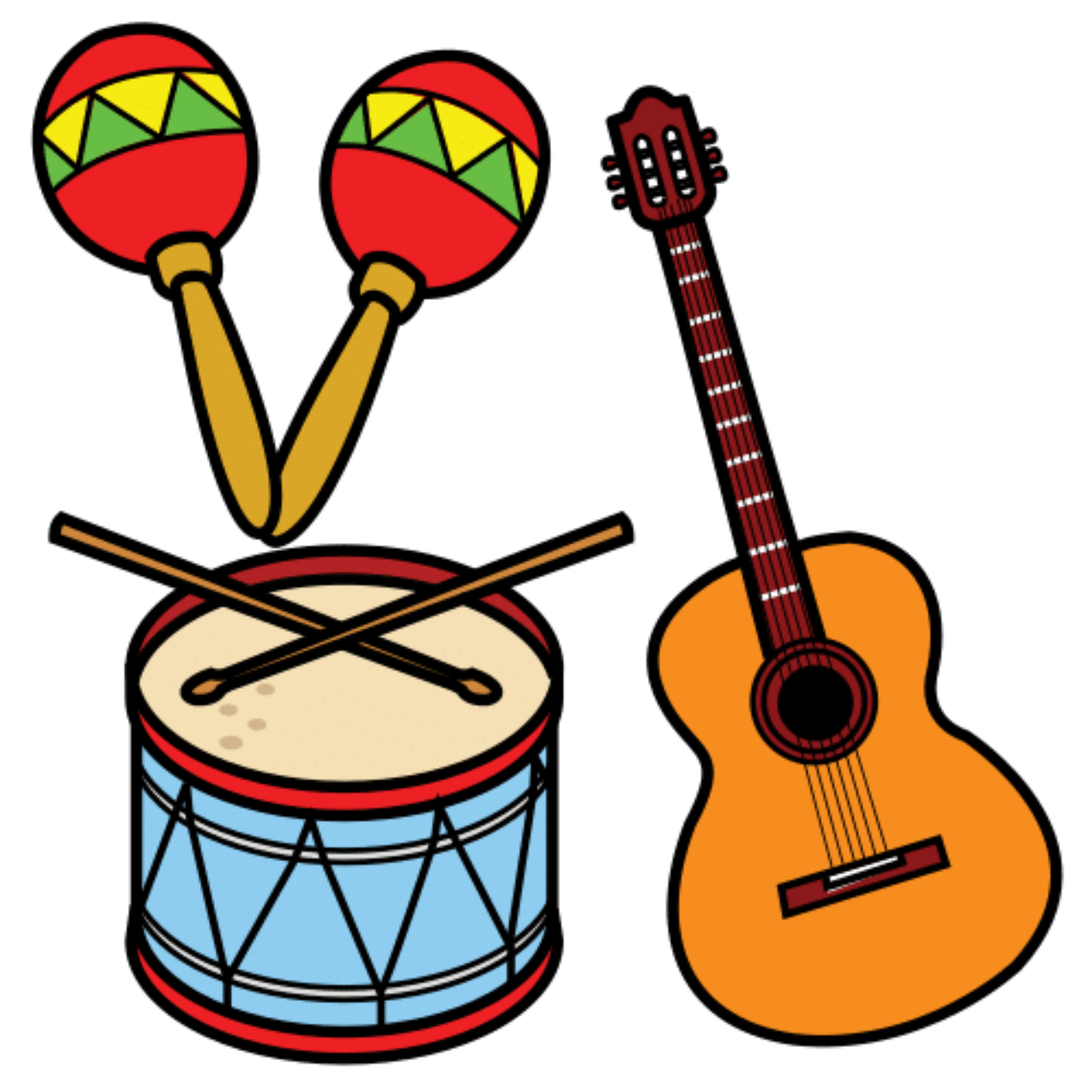Search
User login
Topic “Exploring and using media and materials”
Activities to develop understanding of the concepts noisy and quiet
| Activity/strategy name and materials required | How to do the activity | Key principles for doing the activity and comments |
|---|---|---|
| Musical Instruments - a selection of musical instruments - Click here for ideas of how to use household items to make musical instruments | 1. Each person chooses a musical instrument. 2. If you wish, you can use symbols alongside the words you use. Talk about noisy sounds and quiet sounds. Practice making these with your musical instrument. 3. Swap musical instruments and make noisy/quiet sounds again. 4. Play a game where you take turns at being the conductor and give the instructions of noisy or quiet for the others to follow.
| If your child is finding it challenging to grasp the difference between noisy and quiet. Choose one concept first, e.g. noisy, and use 'not noisy' as the alternative. Once you are confident that your child understands this concept you can start to teach the concept of quiet. |
| Listening Walk | If your child is finding it challenging to grasp the difference between noisy and quiet. Choose one concept first, e.g. noisy, and use 'not noisy' as the alternative. Once you are confident that your child understands this concept you can start to teach the concept of quiet. | |
| Noisy/quiet sorting game | If your child is finding it challenging to grasp the difference between noisy and quiet. Choose one concept first, e.g. noisy, and use 'not noisy' as the alternative. Once you are confident that your child understands this concept you can start to teach the concept of quiet. |
responds to music
| Activity/strategy name and materials required | How to do the activity | Key principles for doing the activity and comments |
|---|---|---|
| Chooses a song to share with an adult Laminated song symbols on a velcro strip | 1. Sit opposite the child at the same height and make sure you have their attention 2. Start off offering the child a choice of two song symbols. Help the child choose a song if needed and then sing the song with lots of oomph! 3. Offer the child a choice of the song symbols again and repeat the process. 4. Repeat until you have an idea of the songs the child specially likes. 5. When you sing one of these songs stop before a main word e.g. sing 'Twinkle twinkle little .............' And wait. Will the child put in the word star? If they do, smile and continue. 6. Allow more and more gaps in the songs for the child to sing the words | This is a fun activity. Make sure you and the child enjoy it! Use lots of expression and body language and mime to support the meanings of the songs. Allow the child enough time to make choices - only give help if they are loosing focus on the activity. |
Support Commtap to keep it online
Thank you for visiting Commtap.
Please read this message as it is extremely important.
- Visitor donations mean we can continue to host over 1,000 free activities to support speech, language, and communication development.
- Visitor donations mean we can continue to provide free resources to address a wide range of communication needs, including limited speech or language, interaction challenges, and needs associated with conditions such as developmental language disorder, autism, and cerebral palsy.
- Visitor donations mean we can continue to provide resources to support the work of speech and language therapists, teachers, teaching assistants, parents, and carers.
- Visitor donations mean we can continue to provide the free key word sign dictionary (bks.org.uk) which has over 2,000 Makaton and Signalong signs.
We know that not everyone is able to afford to pay to access these resources, however, if you can, please make a donation to keep the site going.
Thank you
Google ads on this page are provided by Google Adsense - and their presence does not imply any endorsement by Commtap. Report a problem with an ad on this page. Log in (for free) to avoid seeing Google ads.

